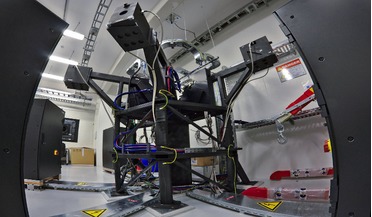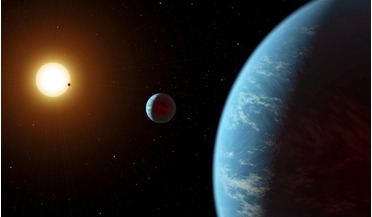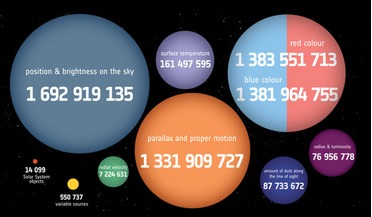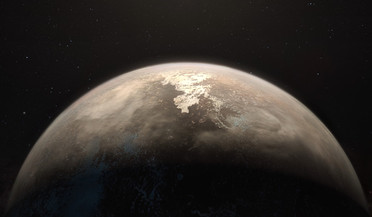 06 December 2017
The next generation planet hunter is here!
06 December 2017
The next generation planet hunter is here!
... the most successful ground-based planet finders of its time and it measures small changes in a star’s radial velocity, I.e the velocity of a star along the line of sight of an observer. HARPS was so precise it could detect a change as little as one...
 19 October 2020
Astronomers identify a true water-world that could have an ocean over 100 kms deep
19 October 2020
Astronomers identify a true water-world that could have an ocean over 100 kms deep
... team, headed by Jorge Lillo-Box at the Centro de Astrobiología in Madrid, Spain, collected 113 new high-precision radial velocity observations over a year and half, doubling the amount of data first obtained with HARPS. After performing...
 November 2025
Searching for life beyond Earth
November 2025
Searching for life beyond Earth
... hurdle. As for when we’ll find a true Earth twin, we’re actively working on it through two main approaches. The first is radial velocity, using ground-based telescopes to detect the tiny wobbles a planet induces in its host star’s motion. The...
 25 April 2018
New Gaia data reveals details on over 1.6 billion stars
25 April 2018
New Gaia data reveals details on over 1.6 billion stars
... highlights of this particular release added Brown, is the radial velocity data on seven million stars, which tells scientists how the... compared with the rest, it represents the biggest radial velocity survey ever carried out over the whole sky,” ...
 15 November 2017
Earth-mass temperate exoplanet found close by
15 November 2017
Earth-mass temperate exoplanet found close by
... more irradiation than the Earth. Ross 128b was found with the help of ESO’s High Accuracy Radial velocity Planet Searcher (HARPS) instrument, that is attached to ESO’s 3.6 metre telescope at the La Silla Observatory in Chile, and although...
 14 November 2018
Super-Earth exoplanet found around closest single star to the Sun
14 November 2018
Super-Earth exoplanet found around closest single star to the Sun
... who discovered it, E. E. Barnard, found that its total velocity with respect to the Sun is a whopping 500, 000 ...orbiting planet. Not many instruments are capable of noticing that a stars velocity has slowed by the walking pace of a human – a tiny...